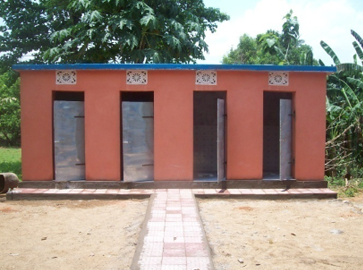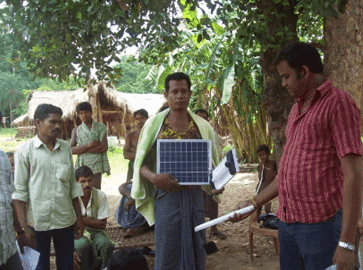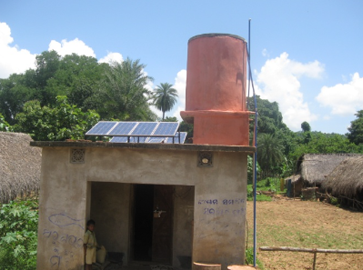Goal 7 of the United Nations Sustainable Development Goal (SDG) talks about “ensuring access to clean and affordable energy, which is key to the development of agriculture, business, communications, education, healthcare and transportation.”
Our focus areas:
- Promoting the adoption of renewable energy sources such as solar and wind in off-grid and remote areas.
- Implementing energy efficiency programs to reduce overall energy consumption in communities, businesses, and public spaces.
- Offering training programs on renewable energy technologies, installation, and maintenance to local communities.
- Building local capacity to ensure the sustainability of implemented projects.
- ridging the energy access gap by deploying decentralized energy solutions.
Our green energy projects are executed through evidence-based implementation strategies. We collaborate with the Government and private stakeholders. Additionally, we leverage diverse communication channels, including television, radio, print media, and social media to engage with the wider public, raising awareness about our initiatives and promoting sustainable practices.








